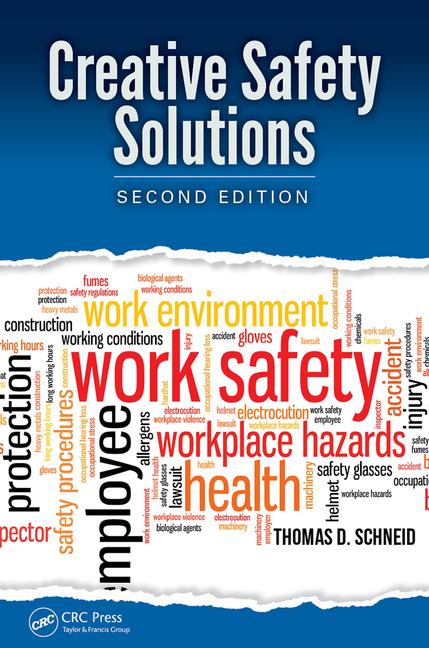Sustainability reporting is the practice of measuring, disclosing, and being accountable for both internal and external stakeholders and their organizational performance towards the goal of sustainable development. Through the reporting lifecycle, sustainability is able to help companies meet important objectives.
There is a familiar saying that comes to mind when thinking about sustainability: “If you can’t measure it, you can’t manage it,” and as both small and large companies might notice, achieving sustainability isn’t all that easy. In fact, most companies, regardless of industry, could benefit from implementing a tool that would help them attain sustainability.
Enterprise Sustainability Management allows a company to identify the item or items that need to be controlled, set objectives that will ultimately reduce ecological impact, and set timeframes for meeting these objectives.
The Benefits of Automating Sustainability
Sustainability Management software can be integrated with the Environmental Health and Safety (EHS) Software System. It provides comapnies with a centralized resource for managing and tracking sustainability strategies and targets. Consistency within any company is important, as it is able to keep trends and all data in order regarding certain circumstances. With the ability to effectively track, measure and report on sustainability initiatives, a company is able to configure how it can function effectively while producing the least impact possible on the environment.
The EHS System’s Sustainability module helps companies minimize damage and become more efficient. Companies must not only be mindful of their impact on the environment but they must also keep track of it to ensure that it is kept at acceptable Environmental Protection Agency (EPA) measures.
Common reporting frameworks like the Global Reporting Initiative (GRI) and the Carbon Disclosure Product (CDP) focus on the practice of measuring, disclosing and the accountability for internal and external stakeholders for organizational purposes toward the goal of natural development. The ultimate goal of sustainability is to increase consciousness and make all aware of what pollutants are entering our environment.
The following are some capabilities of an Enterprise Sustainability Management solution, and how the EHS system helps to manage them:
- Set Targets: By setting company goals for automated processes and the ability to set alerts for timely duties it helps to keep waste areas under their certain level or target. The EHS System’s Sustainability module collects data from various locations and systems throughout the company and allows you to better manage it through a centralized and harmonized manner.
- Ensure Improvement: Sustainability integrates with corrective and preventive action, a critical factor in resolving adverse events. Corrective action works closely with risk management to ensure that the threat levels reached match acceptable parameters and, if not, will be able to automatically set up a method to make adjustments.
- Mitigate Risk: Mitigating risk through a Risk Management tool is also a beneficial part of Sustainability. It is able to keep safeguards in tact to mitigate risk and prevent it from returning. An important part of sustainability management is measuring risks related to ecological impact, this helps companies determine which areas pose the most risk to the company and environment at large. Sustainability mixed with a risk assessment tool helps to determine risk and its impact so you can prioritize risk and conduct change.
- Report and Track: The EHS System’s Sustainability module allows you to report on and track emissions to back the data being released so you can make sense of it. Companies that are able to track information on how to use and emit less carbon and fuel have a better chance of keeping up with their day to day routines as well as yearly goals. EHS and sustainability initiatives provide the framework for best practices to foster a centralized environment for tracking and measuring sustainability.
Conclusion
Reducing ecological impact is a pressure that applies to almost every industry. As most leading industries know, it is important to learn from the past and plan for the future, so essentially our actions today have consequences on the future and whether positive or negative, it relies on our internal efforts. Enterprise Sustainability Management is helpful in ensuring a company that can completely track, measure and report on sustainability initiatives. Companies with a sustainability tool will recognize the benefits of an automated solution while ensuring the least impact on the environment, making for a better tomorrow.




